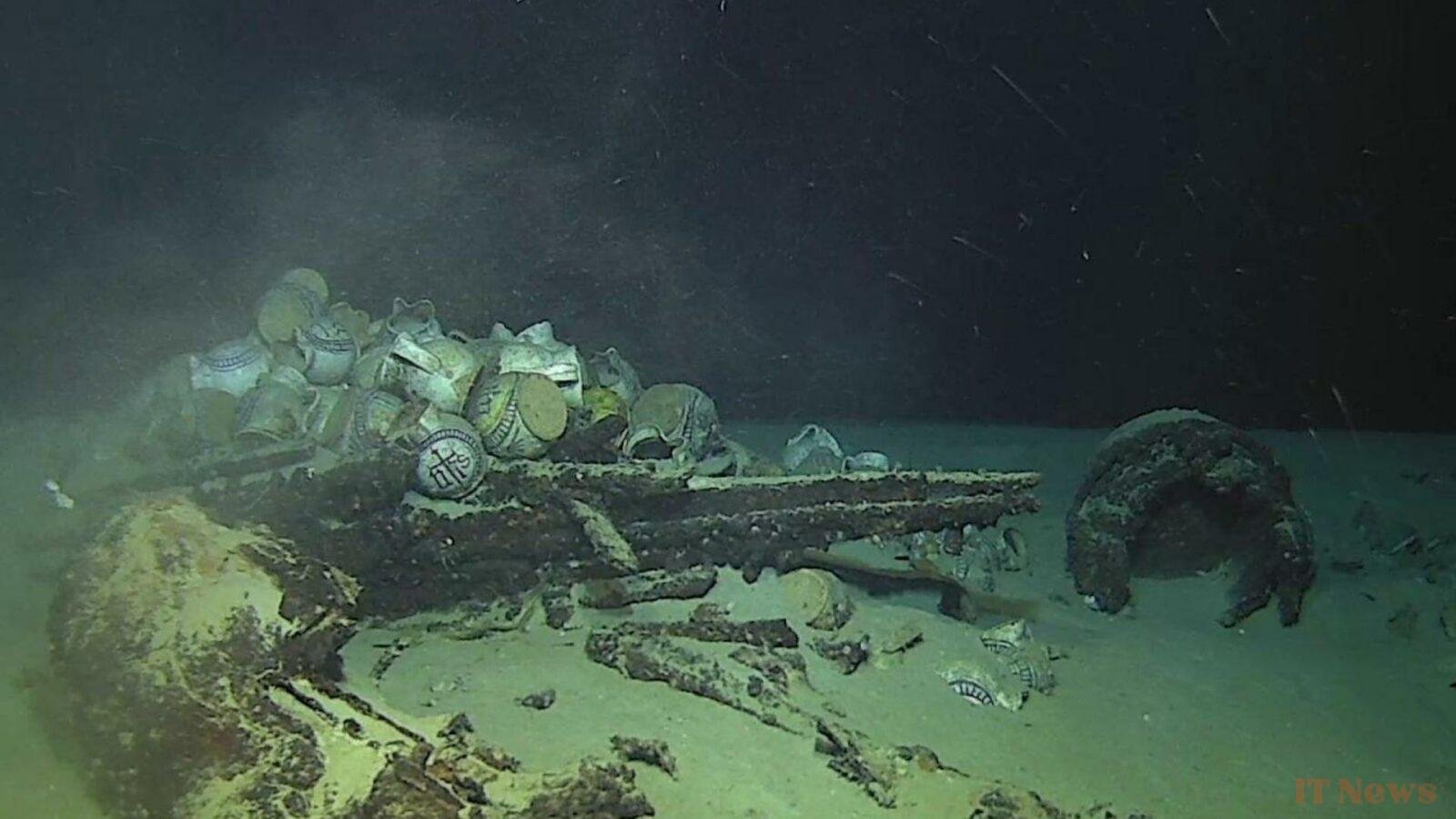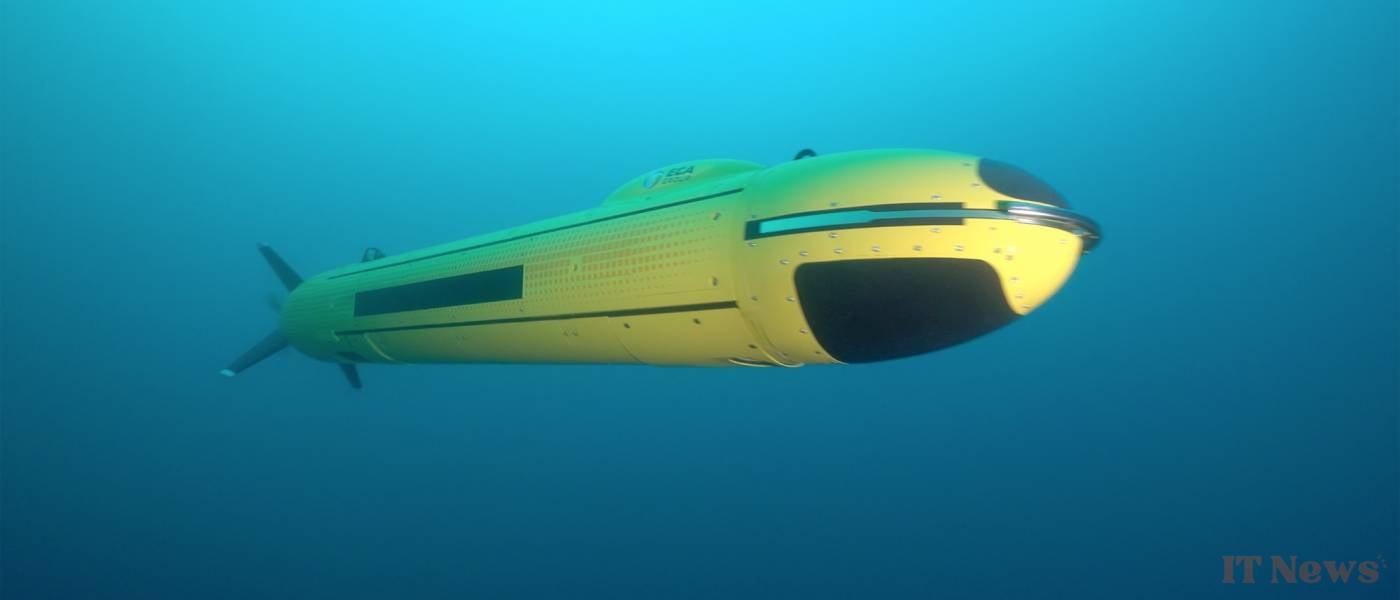This Thursday, June 12, the Mediterranean Maritime Prefecture officially announced a remarkable discovery that will undoubtedly thrill history buffs: a previously unknown wreck, distinguished by both its age and its exceptional state of preservation, was discovered off the coast of Ramatuelle.
This story began in March 2025, during an operation by the French Navy's Expert Center for Human Diving and Underwater Intervention (CEPHISMER).
A Completely Unexpected Discovery
Initially, this team of deep-sea professionals was simply supposed to conduct an OMFM (Seabed Control Operation) off the coast of Ramatuelle, in the Var region. This is a type of mission whose objective is to monitor, secure, and potentially defend strategic sites located at great depths. Here, the objective was not particularly critical; According to the official press release, it was primarily an "exploratory" mission organized to "continue to develop the French Navy's skills in this area."
The main player in this expedition was the A18D, an extremely versatile underwater drone capable of carrying out various mapping, surveillance and reconnaissance missions at depths of several kilometers. This was one of its first sorties since its official integration into the Navy's operational forces in April 2024.
Once the craft returned to base, its operators began processing and analyzing the data collected by the sonar – and that's when a big surprise arrived. Against all odds, they found traces of a mysterious wreck, never recorded and absent from any current nautical charts. Intrigued, the Navy decided to send its A18D back to the site to capture direct images using the vehicle's onboard camera. These elements were then transmitted to the Drassm, the department of the Ministry of Culture that manages heritage and archaeological research in the marine environment.
After several weeks of investigation, this find was deemed promising enough to justify a new, more targeted expedition, this time using a ROV (remotely operated underwater vehicle – a machine directly operated from the surface by a GISMER team. The big difference is that this second device is equipped for capture high-quality color images and videos, allowing specialists to study the wreck much more precisely. And it was by analyzing this new batch that the DRASSM was able to fully understand the nature of this discovery.
Hundreds of objects of high historical value
According to these experts, this 30-meter-long, 7-meter-wide boat dates back to the 16th century. And thanks to its great depth (more than 2,500 meters below the surface, a record in French waters), it was completely spared by looters. This is excellent news for archaeologists, since it is full of objects of high cultural value. The press release mentions in particular numerous multicolored earthenware pitchers decorated with motifs, sometimes religious, sometimes purely decorative, as well as around a hundred plates, anchors, cannons, and even cauldrons.
And it's a safe bet that Even more interesting treasures lie beneath the sand. This is obviously a very exciting prospect for archaeologists, who are already eager to study the wreck and its contents in great detail.
“This is a unique research opportunity. Exploration of the area around the site, complete photogrammetry of the wreck, targeted sampling of furniture, constitute the first perspectives of studies, which will be carried out with the assistance of a college of experts, archaeologists, ceramologists, specialists in naval architecture, artillery, anchors, material culture, restorers, curators, etc.,” states the press release.
In a second phase, the cultural authorities also hope to carry out promotion actions, such as 3D models likely to feed into various exhibitions. Heritage lovers will therefore have the opportunity to enjoy them once the experts have completed their preliminary studies.




0 Comments